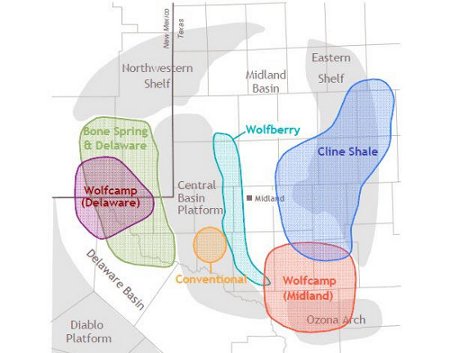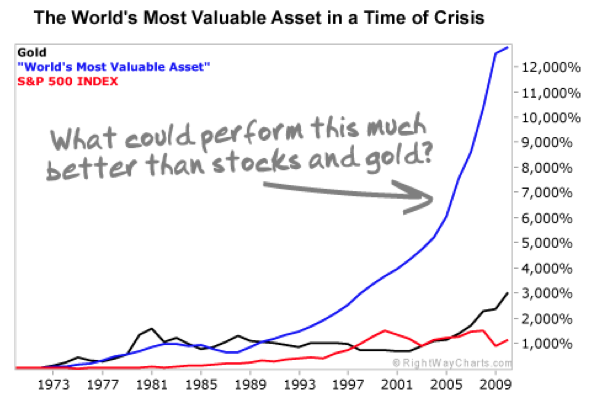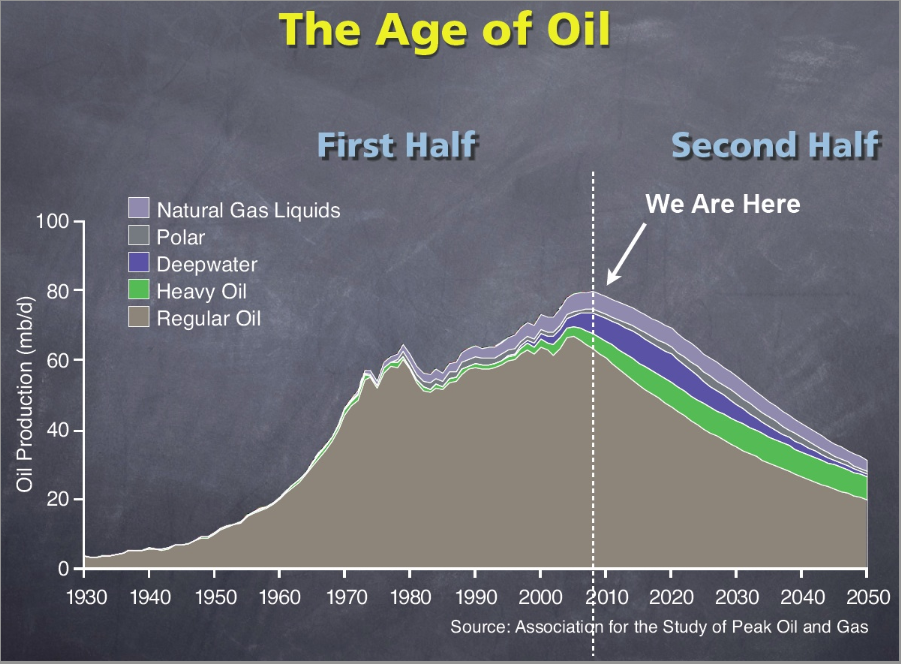 The Gold Report: You put on a two-day conference last week in New York, “Current Trends in Mining Finance—An Executive’s Guide: What Are Lenders, Investors looking For?” Why this topic now?
The Gold Report: You put on a two-day conference last week in New York, “Current Trends in Mining Finance—An Executive’s Guide: What Are Lenders, Investors looking For?” Why this topic now?
David Kanagy: SME has held some financial conferences in the past, but it has been more than 10 years since the last one, so it was time. The program was intended for senior executives and mining industry specialists, bankers, analysts and investors. It covered project evaluation and executive decision making, mergers and acquisitions, tax and accounting issues, resources and reserve reporting, and other risk factors that are making the current financial market for the minerals industry a bit difficult right now.
TGR: What has changed in the market since 2008? Is this really the worst market you’ve seen or does it just feel like that?
Tim Alch: The market rebounded nicely immediately after the 2008 financial crisis largely as a result of China’s continued growth. However, in the last two years China has been perceived as slowing from an average of 10% gross domestic product (GDP) annual growth to something approximating 7–7.5%. This growth is on a larger GDP number, however, which is important to understand.
Today, we are also concerned about the European market and, most immediately, price support in the commodity sector. Over the last 10 years, costs of production have been steadily rising so there is considerable concern right now that the strong pricing environment the metals and minerals sectors enjoyed may be subject to pressure. The environment has become very selective and risk-off, particularly in the global mining finance space in the past 9–10 months.
The financial markets impact lending and investor appetite for risk. Luckily alternative sources of capital are stepping into the fray. Private equity, as well as sovereign wealth funds and state-owned enterprises from Korea, Japan and China, are now investing in natural resources.
TGR: Are countries looking to secure access to coal, oil and base metals to fund future growth or are they looking at it purely from a return on investment standpoint?
TA: In certain sectors and geographies, stability and security of supply of raw materials is a concern and it is driving certain parties to invest with just more than internal rate of return concerns.
TGR: Where is this supply security showing itself to be most important? Base metals, rare earths, gold? Are they looking for short-term fixes or focusing on long-term security?
DK: All of the above. Every sector has its own challenges. It’s a difficult and a complex market right now. No one (with the exception of strategic long-term investors) is looking to long long-term greenfield investment projects. The ones that will get the best funding right now are more short-term opportunities that could get an immediate return or a greater return over the next few years.
TA: Some enterprises, including electronics companies or automobile manufacturing companies or even steel industry producers, have in the last several years made strategic investments in projects, properties and resources to ensure that they have a stable supply of various industrial minerals, including copper, iron ore, rare earths and the electronics metals, as a result of their need to ensure that they will have a steady supply.
TGR: If these alternative funding sources are looking for short-term needs rather than long-term payoffs, does that mean that the producers will recover faster than the explorers?
DK: I would say that that’s a true statement.
TA: What is of interest in the space today are brownfield expansion projects as opposed to the greenfield or exploration-oriented projects. Those projects that are adjacent to existing properties or operations and that are clearly identified as being low-cost are seeing money continued to be invested, but it is on a very selective basis.
TGR: Is that also true of gold and silver? Is there interest in precious metals exploration projects? And, if so, is there more interest in certain parts of the world?
TA: There is still interest in the precious metals sector as a store of wealth due in part to inflation concerns within the current monetary easing policy. But investment is going into jurisdictions with stable, secure political environments that are less subject to changes in rules and regulations to delay projects from advancing.
TGR: Previously, you listed the different alternative funding sources; did the conference cover streaming and royalty companies? Have they been a factor in keeping the lights on for mining companies?
TA: Yes, streaming, forward sales and alternative sources of capital were discussed along with private equity.
TGR: Crowd-sourcing is something new in the finance sector. Is it part of the mining sector or is it just talked about more than it is being done?
TA: My sense is that it’s too early in the mining and minerals space to say if it is actually having an impact. We are still largely dependent upon traditional sources, as well as the alternative sources, including forward sales, royalties, streaming, private equity and the sovereign wealth funds, as well as state-owned enterprises. Remember mining is a capital intensive sector.
TGR: On the royalty and streaming side, a number of new, smaller players doing small deals have joined the big royalty companies. Do you think that’s a sign of that market maturing? Will there be even more companies coming into the space or is there only so much room and we can look forward to consolidation in the royalty space?
DK: My sense is that there’s more interest in greater participation by a greater number of players in the royalty and streaming space because there’s opportunity and need for it. Where there’s opportunity and margins are still realizable, that’s where the capital is going. A lot of these are very one-off type of situations. But a few larger ones, including Royal Gold Inc. (RGLD:NASDAQ; RGL:TSX) and Silver Wheaton Corp. (SLW:TSX; SLW:NYSE), have been successful. They’re tapping an opportunity with their expertise, as well as the capital they have available. I think royalties and streaming are going to play a greater part down the road.
TGR: What about private equity? Is that becoming a more important source of funding?
TA: It is because certain informed, long-term or long-only investors perceive value in the space. The equity valuations in the mining and minerals space have become so depressed in the last year and certain private equity investors see an opportunity.
TGR: Are there things companies can accomplish with private equity that might be more difficult in the public market?
TA: Companies can tailor the relationship from the beginning between management and the private equity sponsor. The long-term support that comes with that relationship is also very important in an environment like this.
TGR: There has been quite a bit of debate about what’s going to happen to all the junior mining companies on the TSX. Some have said that as many as 500 companies listed on the Venture Exchange are going to go out of business in the next year. Will all these alternative sources of funding allow more companies to get through this difficult funding period?
DK: There will be some contraction, but I am hopeful and don’t think it will be on the massive scale you’ve just mentioned. People are very cautious right now. Companies seeking or in need of capital in the current environment will have to demonstrate that a project has possible returns in the next 2–3 years rather than 10–20 years out.
TA: Low-cost operations and production is paramount to attract investment. If a company can demonstrate high-grade quality of resources in the ground that can be produced at low costs within the first or second quartile of industry cost curves, those projects are better able to raise capital and find interest among the investment community.
TGR: Is that even more important with the institutional audience? Are institutions getting back into this market and, if so, what will it take to keep them there?
TA: The intermediate to long-term outlook—even the near-term outlook—for the mining sector is very favorable, but it needs to be carefully scrutinized and I don’t think the institutions have walked away. They are just sharpening their pencils like all investors today and making sure that they will see a return. The fundamental long-term story for raw materials, metals and minerals is intact on a macro basis worldwide. Growth in emerging markets—where demand for raw materials on a per capita or growth of GDP basis is greater than in the developed nations—is intact and likely will continue growing at above average rates.
DK: You started the conversation by asking whether these are the worst conditions the metals market has seen, and I would say they are not. It may not be as lucrative as it was two or three years ago. It’s more difficult now, but I don’t think it’s the worst we’ve seen. But it is changing and I think the investors and lenders are asking more questions. People are doing better due diligence, asking more questions—questions that probably should have been asked many years ago. Now that the need for a return is paramount, investors are asking more and better questions.
TGR: We have talked about a number of different funding trends. What answers do you hope attendees came away with from your conference?
DK: We featured about 50 speakers in 17 panels on topics ranging from lending and financing to political risk. The 145 people attending heard from leading experts from the banking, financial and technical advisory sectors, as well as accounting, legal, political risk and social and local economic development experts who all shared what they are seeing today and how they are managing opportunities for investing or financing in the global mining sector. Many attendees expressed thanks and walked away saying they learned from the experiences and observations of others. All of which has encouraged the SME to have this conference again next year.
TA: This was more than just an educational seminar—it was a chance for investors to get real answers from experts about what they are doing right now.
TGR: Thanks for your insights.
Tim Alch is a vice president and senior minerals business analyst at Behre Dolbear & Co. (USA) Inc. Alch is an international business, investment analyst and consultant with 25+ years of experience working within business units analyzing prospective, operating, management, strategy, technical, technology, valuation, transactions and investment issues for industrial and financial clients. He was a senior vice president of Anderson & Schwab Inc. and equity analyst at Dean Witter Reynolds, Prudential Securities, Paine Webber and senior consultant and industry analyst at World Steel Dynamics, Resource Strategies, Inc., CRU Inc. (London), covering global precious, base and industrial metals and minerals, mining, steel, coal, energy and related sectors. He is an honors graduate of Amherst College in geology and studied the economic and political impact of the Industrial Revolution and modern economy on the global mineral and energy resource Sectors. He continued his studies in the Master of Science mineral and energy economics program at Penn State. Alch has been on the Executive Committee of the New York Section of SME since 2008 and co-chaired the “Current Trends in Mining Finance—An Executive’s Guide: What Are Lenders, Investors Looking For?” conference.
Dave Kanagy is the executive director for the Society for Mining, Metallurgy and Exploration, which is located in Englewood, Colorado; he joined SME in March 2004. Kanagy has worked over 29 years with nonprofit organizations. He has a Bachelor of Science degree in industrial education from the University of Maryland and a Master of Science degree in technology education from Eastern Illinois University. Kanagy is also a certified association executive by the American Society of Association Executives. He has also completed a six-year association management-development program from the University of Delaware’s Institute of Organizational Management.
Want to read more Gold Report interviews like this? Sign up for our free e-newsletter, and you’ll learn when new articles have been published. To see a list of recent interviews with industry analysts and commentators, visit our Streetwise Interviews page.
DISCLOSURE:
1) JT Long conducted this interview for The Gold Report and provides services to The Gold Report as an employee. She or her family own shares of the following companies mentioned in this interview: None.
2) The following companies mentioned in the interview are sponsors of The Gold Report: Royal Gold Inc. Streetwise Reports does not accept stock in exchange for its services or as sponsorship payment.
3) Tim Alch: I or my family own shares of the following companies mentioned in this interview: None. I personally am or my family is paid by the following companies mentioned in this interview: None. My company has a financial relationship with the following companies mentioned in this interview: None. I was not paid by Streetwise Reports for participating in this interview. Comments and opinions expressed are my own comments and opinions. I had the opportunity to review the interview for accuracy as of the date of the interview and am responsible for the content of the interview.
4) David Kanagy: I or my family own shares of the following companies mentioned in this interview: None. I personally am or my family is paid by the following companies mentioned in this interview: None. My company has a financial relationship with the following companies mentioned in this interview: None. I was not paid by Streetwise Reports for participating in this interview. Comments and opinions expressed are my own comments and opinions. I had the opportunity to review the interview for accuracy as of the date of the interview and am responsible for the content of the interview.
5) Interviews are edited for clarity. Streetwise Reports does not make editorial comments or change experts’ statements without their consent.
6) The interview does not constitute investment advice. Each reader is encouraged to consult with his or her individual financial professional and any action a reader takes as a result of information presented here is his or her own responsibility. By opening this page, each reader accepts and agrees to Streetwise Reports’ terms of use and full legal disclaimer.
7) From time to time, Streetwise Reports LLC and its directors, officers, employees or members of their families, as well as persons interviewed for articles and interviews on the site, may have a long or short position in securities mentioned and may make purchases and/or sales of those securities in the open market or otherwise.

















